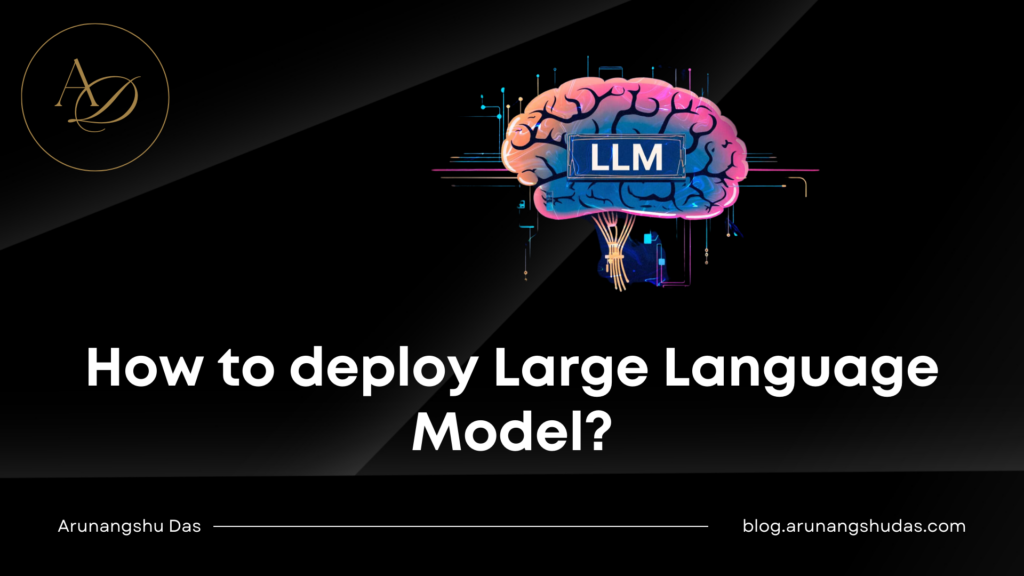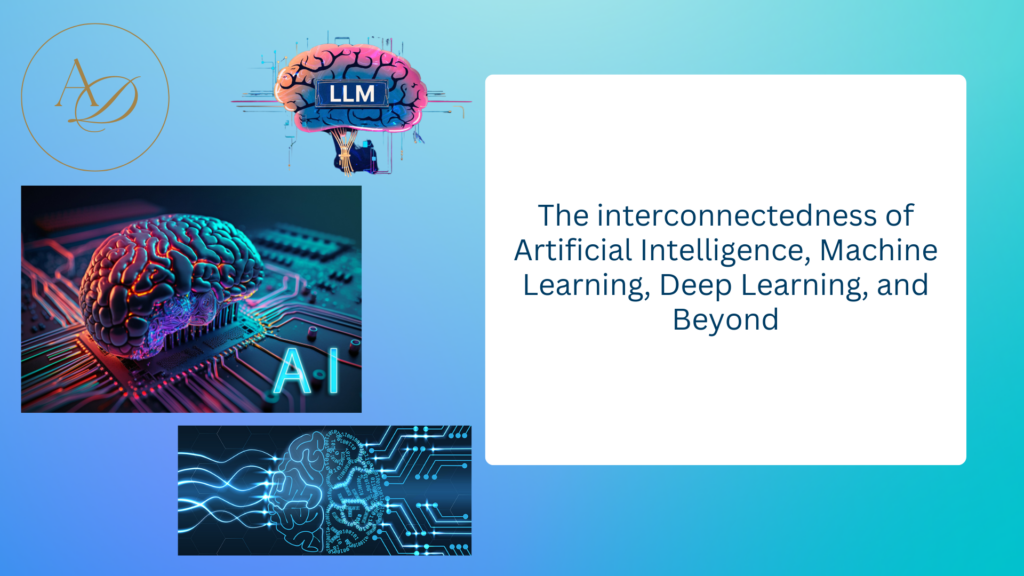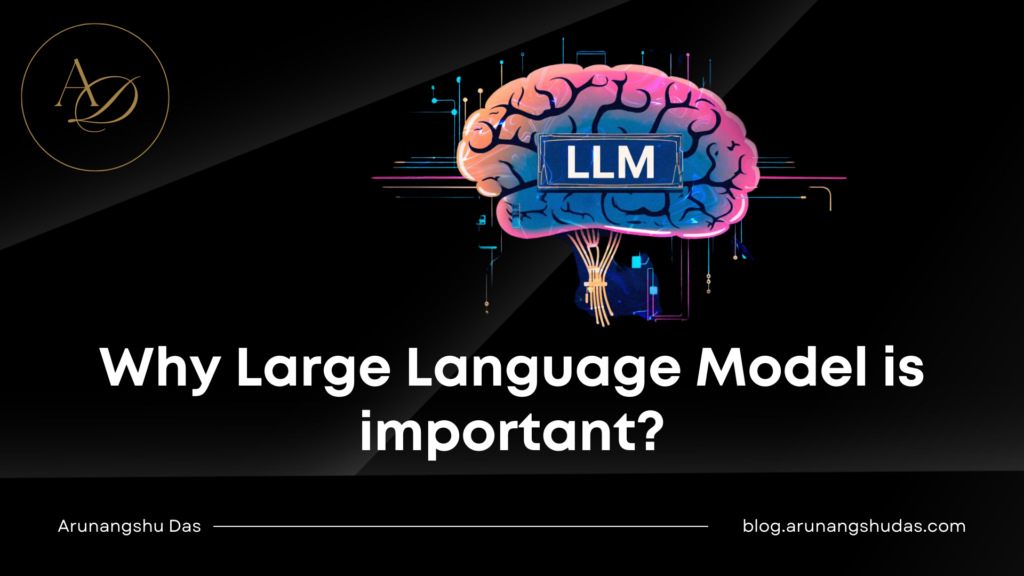Generative AI is taking the tech world by storm, revolutionizing industries from content creation to software development. But what makes these AI models so powerful?
1. Understanding and Generating Human-Like Text
One of the most impressive aspects of generative AI is its ability to produce human-like text. Models like GPT-4 (what you’re reading right now) are trained on massive datasets that include books, articles, and conversations. This allows them to grasp context, tone, and even nuanced details like humor or sarcasm.
Why it matters:
- Enables chatbots to have natural conversations
- Helps businesses automate content creation
- Improves accessibility with AI-generated summaries and explanations
Example in Action:
Think about tools like ChatGPT, Jasper, or Copy.ai—these platforms generate marketing copy, blog posts, and even creative fiction that closely resembles human writing.
2. Multi-Modal Capabilities: Text, Images, and Beyond
Generative AI isn’t limited to text. Many advanced models can create images, music, and even videos. For instance, OpenAI’s DALL·E generates stunning visuals from text prompts, while tools like Runway ML can transform written descriptions into short films.
Why it matters:
- Enables artists and designers to create unique visuals effortlessly
- Supports industries like gaming and film with AI-generated assets
- Expands AI’s creative potential beyond just words
Example in Action:
You provide a simple text prompt: “A futuristic city skyline at sunset.” Within seconds, an AI like DALL·E generates a stunning, high-resolution image.
3. Context Awareness and Memory (To Some Extent)
Early AI models struggled with context, but modern generative AI has improved dramatically. These models can remember details from earlier in a conversation (within a session) and maintain coherence across longer interactions.
Why it matters:
- Allows for more personalized and meaningful conversations
- Reduces the need for users to repeat information
- Helps businesses enhance customer support with AI-driven chatbots
Example in Action:
Imagine using a virtual assistant that remembers your preferences—whether it’s your favorite coffee order or your last request for tech support.
4. Creativity and Style Adaptation
Generative AI isn’t just about repeating what it has learned—it can create entirely new ideas, mimicking different styles and tones. Whether it’s writing in Shakespearean English or composing music in the style of Beethoven, AI can adapt to a variety of artistic expressions.
Why it matters:
- Supports creative professionals by generating fresh ideas
- Enables businesses to experiment with different branding styles
- Helps users generate unique content quickly
Example in Action:
A writer struggling with writer’s block can use AI to generate story ideas or rewrite a paragraph in a more dramatic tone.
5. Continuous Learning and Adaptation (With Human Feedback)
While most AI models don’t learn in real time, they improve through iterative training and human feedback. Reinforcement learning techniques help fine-tune AI responses, making them more accurate and contextually relevant over time.
Why it matters:
- AI tools become more reliable and user-friendly over time
- Reduces biases in AI responses through careful training
- Enhances personalization by adapting to user preferences
Example in Action:
Platforms like ChatGPT improve based on user interactions, adjusting for better accuracy and more useful responses based on feedback loops.
Final Thoughts
Generative AI is more than just a trend—it’s a fundamental shift in how we interact with technology.
You may also like:
1) How AI is Transforming the Software Development Industry
2) 8 Key Concepts in Neural Networks Explained
3) Top 5 Essential Deep Learning Tools You Might Not Know
4) 10 Common Mistakes in AI Model Development
5) 6 Types of Neural Networks You Should Know
6) The Science Behind Fine-Tuning AI Models: How Machines Learn to Adapt
7) 7 Essential Tips for Fine-Tuning AI Models
Read more blogs from Here
Share your experiences in the comments, and let’s discuss how to tackle them!
Follow me on Linkedin








